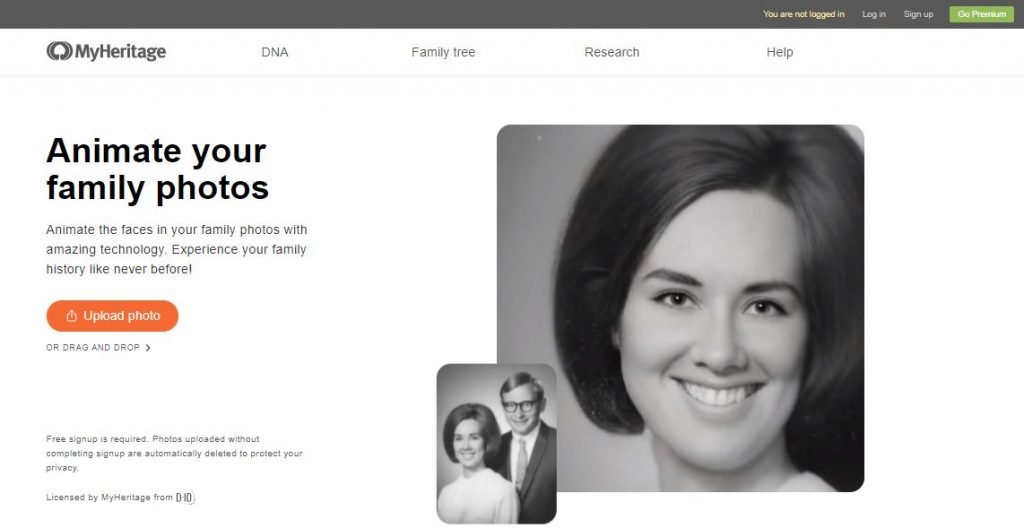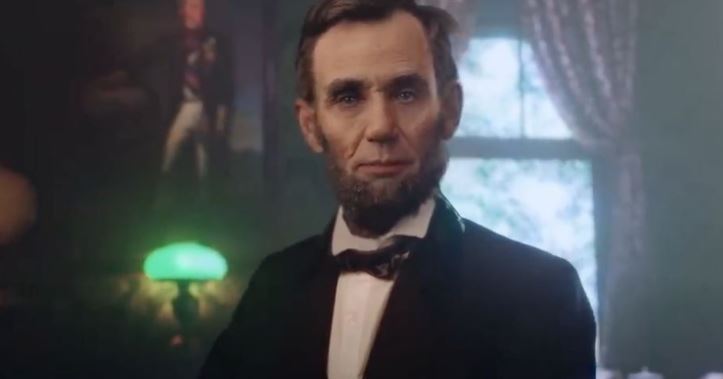MyHeritage website operators announced the launching of a new deepfake-driven technology tool that can be used to edit faces in old photographs and in somehow bring the dead back to life. DeepNostalgia may seem like a scary technology application, although it will certainly be very attractive to many users.
A striking fact about the launch of this technology is that MyHeritage did not include a disclaimer on the use of deepfake, especially considering that the British authorities are considering legislating against this practice.

The Legal Commission recently announced its intention to take action against the malicious and non-consensual use of deepfake, so MyHeritage claims to have found a way to avoid these problems by encouraging users to just deepfake dead people: This feature was specially designed for nostalgic users looking to retouch photos of their parents, grandparents and more ancestors,” the platform says. MyHeritage recognizes that the feature can be regarded as disrespectful or even a very creepy way to remember our loved ones, although everything is at the discretion of users.
As you may remember, the term deepfake refers to videos generated by software programs with artificial intelligence from an existing photo or footage. On DeepNostalgia, this technology was developed by Israel-based D-ID, using artificial intelligence and complex machine learning algorithms.
It is true that a platform like DeepNostalgia is controversial, although the developers have already fulfilled their mission of not being indifferent to users. For a few days now the website has registered countless visitors willing to test the new technology with any old face, including personalities such as Queen Victoria, Abraham Lincoln, among others.

On the other hand, people have started posting their own videos on their social media profiles using DeepNostalgia with old family photographs. Unsurprisingly, some users consider the results to be amazing and realistic, while others are less enthusiastic, mainly due to the potential malicious use that can occur to deepfake technology. Last December 2020, a local TV channel created a deepfake Queen delivering a controversial Christmas message, as part of a warning campaign about how this technology could be used to spread fake news and other malicious goals.
What are your thoughts about this technology application? Is it useful? Are you willing to learn more about it? To learn more about information security risks, malware variants, vulnerabilities and information technologies, feel free to access the International Institute of Cyber Security (IICS).

He is a well-known expert in mobile security and malware analysis. He studied Computer Science at NYU and started working as a cyber security analyst in 2003. He is actively working as an anti-malware expert. He also worked for security companies like Kaspersky Lab. His everyday job includes researching about new malware and cyber security incidents. Also he has deep level of knowledge in mobile security and mobile vulnerabilities.











